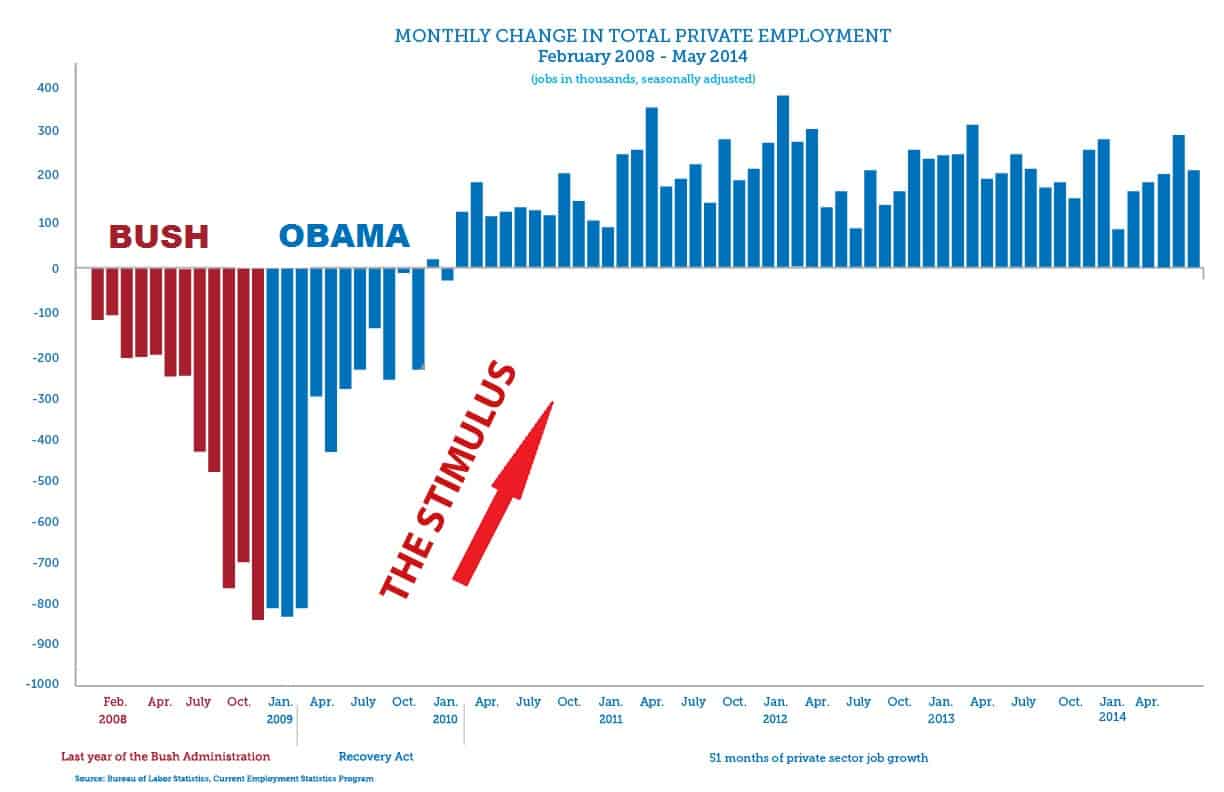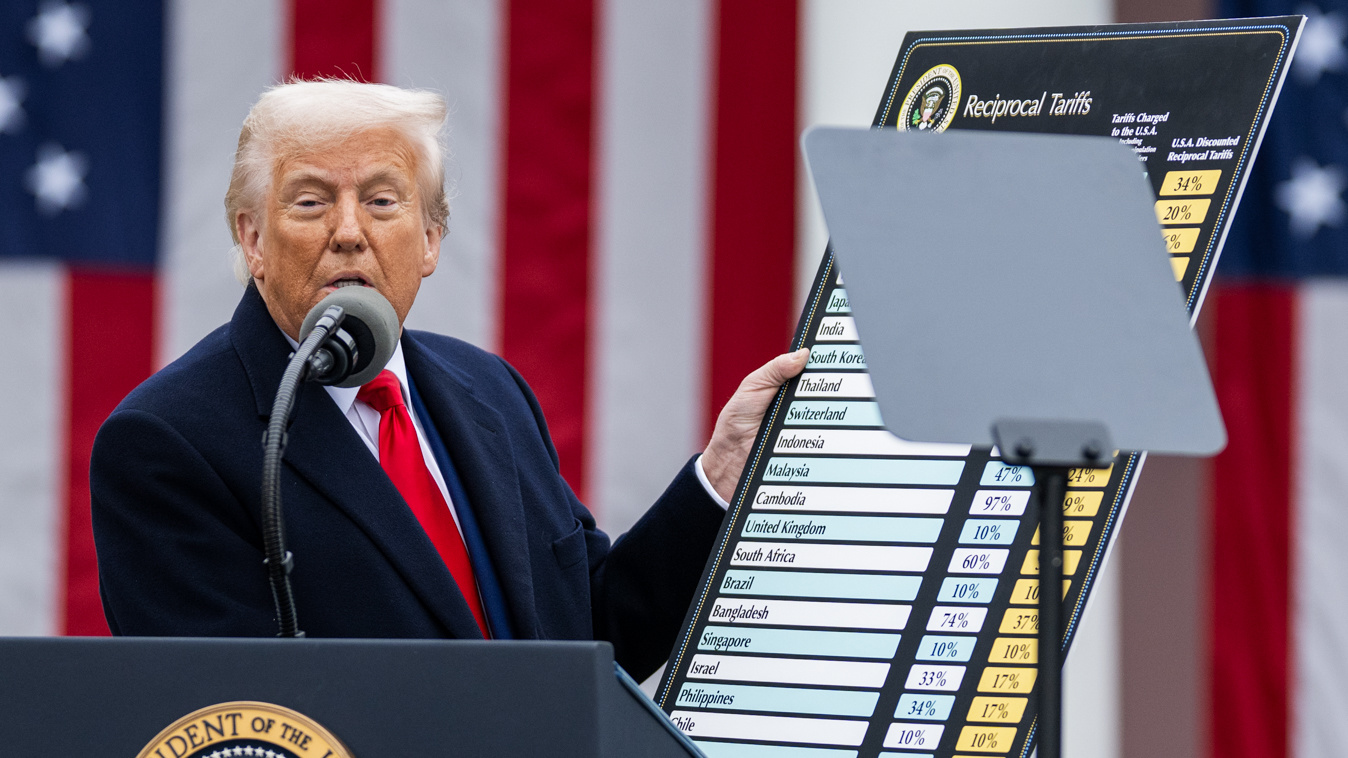
“60 Minutes” ran a report Sunday, “Falling apart: America’s neglected infrastructure,” describing the seriousness and damage to the economy caused by our country’s crumbling infrastructure.
[Reposted from the Campaign for America’s Future blog | Dave Johnson | November 25, 2014]
Here are a few choice quotes, but really you should click through and watch the whole thing (and then come back here):
- “Except for the stimulus nothing much has happened. It is ‘just another example of political paralysis in Washington.’ “
- “1 of every 9 bridges (70,000) is structurally deficient.”
- “It all comes down to funding.”
- “These all are tragedies waiting to happen.”
- “32% of major roads in America are in poor condition.”
- “It’s falling apart because we haven’t made the investment.”
- “Public spending on infrastructure has fallen to its lowest level since 1947.”
How bad is the problem? The American Society of Civil Engineers (ASCE) issues a regular “report card” on “the condition and performance of the nation’s infrastructure.” The 2013 grade is D+ and the cost to get us back to normal is now at $3.6 trillion. (The longer we wait the more the cost increases.) Because of this, The World Economic Forum’s Global Competitiveness Report ranks the U.S. as 16th in the quality of its infrastructure.
How Can We Fix The Problem?
How do we fix this? Well, it’s simple: Congress can just invest in maintaining and modernizing our infrastructure! That’s all it takes. (OK, you’re either laughing hysterically or crying. Sorry.)
This used to be a no-brainer, a bipartisan approach, undisputed. Everyone understood that maintaining and modernizing the infrastructure created good-paying jobs with benefits. It made our economy more competitive. In times of downturn, Congress would of course vote to borrow at low interest rates (because interest rates are very low during recessions) and use the money for infrastructure investment, which would hire people who needed work and make the economy more competitive.
A popular proposal in Washington right now was mentioned in the “60 Minutes” piece: “Fund infrastructure through corporate tax reform.” Unfortunately, this is Washington/Corporate-speak for letting companies off the hook for most of the up-to $700 billion they owe on corporate profits they are hoarding “offshore” if they let us use a little bit of it for infrastructure. The obvious answer to the infrastructure problem is to just make these companies pay the taxes owed on profits already made, and use the money – up to $700 billion – for infrastructure.
“60 Minutes” leans heavily toward raising the gas tax to raise money, which is an obvious and necessary component of a long-term funding solution. The gas tax hasn’t been increased for over 20 years. However, today’s Republican Party – also known as the National Association of Petroleum and Coal Companies (NAPCC) – is strongly opposed to anything that would potentially have an impact on the profits of their clients. Since increasing the gas tax could potentially reduce the sale of gasoline and encourage the development of alternatives, the oil and coal companies are solidly opposed, which means the NAPCC (Republican Party) is solidly opposed.
The best solution is to borrow the money while interest rates are near zero. Investing in infrastructure at a time of high unemployment and low economic growth accomplishes the following:
- Hires people.
- Purchases of supplies (Buy America) boosts American businesses and leads to a secondary wave of hiring.
- These employed people spend money, causing a wave of hiring at local stores, etc.
- You end up with modern infrastructure, which makes the economy more competitive.
Waiting until the economy is already growing and interest rates are higher means the costs are higher.
So What Is Really Going On?
“60 Minutes” said the lack of work on our infrastructure is “just another example of political paralysis in Washington.” That is not what is happening. Every Democrat in Washington and, as Isaiah J. Poole pointed out Monday, 75 percent of Americans favor “increasing spending on infrastructure projects for our roads and highways.”
The “60 Minutes” segment mentioned that the only time the country has invested in infrastructure in recent years was the 2009 “stimulus.” Here is what that investment did:

In other words, it worked. The stimulus reversed the death spiral of 850,000 jobs a month we were losing, and by the time the stimulus wore off we were creating more than 100,000 jobs per month.












